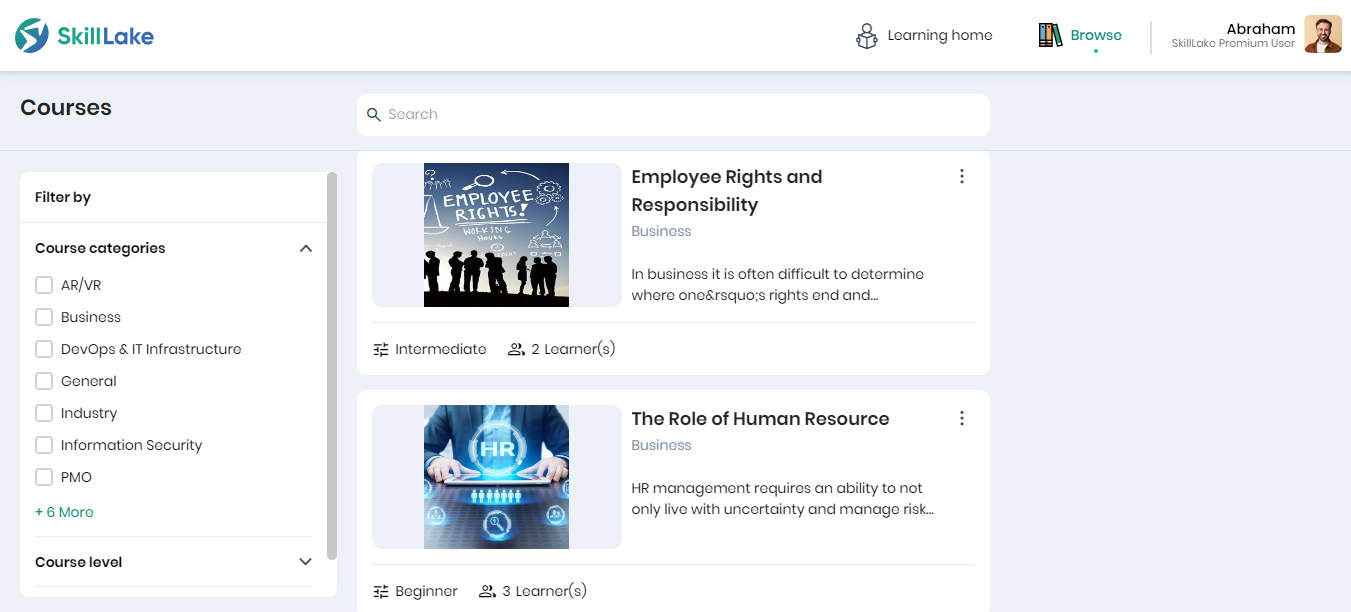Role of HR in Employee Data Protection

In the era of rapid digitization shaping workplaces, businesses rely on technology to manage employee data, emphasizing the critical role of safeguarding confidential information in HR functions. The statistics reveal a concerning reality where 1 in 10 employees (13%) have been affected by an employer’s data breach, leak, or hack.
HR professionals must stay updated on data protection regulations to safeguard information about employees. They need to ensure confidentiality and security, especially with the rise of AI in HR tasks like chatbots, to protect against evolving cybersecurity challenges.
What is Employee Privacy Rights and Data Protection?
Employee privacy rights and data protection involve conscientious measures to secure personal information, ensuring access or disclosure only with explicit employee consent. Sensitive data, including contact details, social security numbers, birth dates, financial information, family details, and medical history, must not be released without individual permission. Organizations must uphold these privacy standards to prevent unauthorized use, prioritizing employee well-being and confidentiality.
Types of Employee Data Requiring Protection
From personal details such as names and addresses to financial information like salaries and bank accounts, the spectrum of employee data requiring protection is extensive. This encompasses sensitive information like medical history and disability status, employment data such as performance reviews and job history, and even communication records like emails and chats. Every piece of identifiable information related to an individual employee deserves protection to prevent privacy violations, financial harm, or reputational damage. By safeguarding this diverse range of data, companies not only build trust with their employees but also ensure compliance with data privacy regulations, fostering a secure and ethical work environment.
Aftermath of Data Breaches: Impact on Individuals and Organizations
The aftermath of an employee data breach can have wide-ranging and significant effects on both individuals and organizations. Some common after-effects include:
- Breaches can lead to identity theft and financial losses for employees as cybercriminals exploit compromised data.
- Individuals may face financial implications, including costs for credit monitoring, legal assistance, and identity theft recovery services.
- Employees may lose trust in their employer’s ability to protect sensitive information about employees, impacting morale and the workplace environment.
- Organizations suffer reputational harm as news of the breach spreads, affecting brand and market standing.
- Breaches trigger legal obligations, leading to penalties for non-compliance with data protection laws, necessitating the rebuilding of compliance measures.
- Breaches can result in customers and employees severing ties due to data security concerns, making trust recovery challenging.
- Managing breaches leads to operational disruptions as organizations contain, investigate, and implement remediation strategies, impacting day-to-day activities.
- Organizations face legal repercussions, including lawsuits and financial costs, from affected individuals, regulatory bodies, or stakeholders.
Misconceptions about Employee Data Protection
- Notification Misconception
- Misbelief: Employers think they don’t need to notify employees before processing data.
- Reality: Most global privacy laws mandate notification for every instance of data collection and processing.
- Monitoring Misconception
- Misbelief: Employers believe they have an unrestricted right to monitor employees for security and productivity.
- Reality: Global privacy laws permit monitoring under specific conditions, ensuring it is not unreasonably intrusive to employees.
- International Law Misconception
- Misbelief: Employers in the US think laws from other countries don’t apply to them.
- Reality: Laws like GDPR may apply in the US, especially when processing data of EU residents; global privacy laws often have extraterritorial applications.
- Data Breach and Fines Misconception
- Misbelief: Employers assume a data breach will always result in fines.
- Reality: Fines depend on the severity and impact of the breach; employers may also need to provide mitigation services and upgrade security frameworks.
HR Data Protection Lifecycle: Safeguarding Employee Privacy
HR departments play a crucial role in data protection throughout the employee lifecycle. In recruitment, transparency in collecting employee data is vital. Background checks demand applicant consent, and thoughtful consideration and future consent are required for retaining unsuccessful candidates’ data. Employers must inform and protect employees during monitoring, conduct risk assessments for high-risk data processing, and promptly address Data Subject Rights. Robust security measures, third-party privacy assessments, and regular HR record updates are imperative. At employment termination, a clear data retention policy is essential, necessitating consent for future data use and respecting former employees’ rights to access and accuracy.
7 Comprehensive Steps to Safeguarding Employee Data
Securing employee data is a multifaceted task, and by diligently following the steps outlined below, you can fortify the protection of sensitive information of employees within your organization.
1. Navigating Legal Compliance
A profound understanding of your data handling responsibilities is pivotal in crafting an effective protection plan. Operating in various states and countries introduces an additional layer of complexity, emphasizing the need to meticulously monitor and comply with regulations at the federal, state, and local levels. Stay vigilant and well-informed to navigate the intricate landscape of data protection laws.
2. Data Privacy Policies and Security Measures
Establish comprehensive data privacy policies that meticulously outline your data protection strategy. Implement specific security measures, including:
- Adhering to the “principle of least privilege” by limiting employee access to necessary information.
- Strengthening physical device security with robust passwords, biometric access, and remote device erasure capabilities.
- Employing data encryption for both stored and transferred data.
- Transparency with employees about data security builds trust, emphasizing the importance of communication
3. Limited Access to Confidential Data
Implement strict access controls, allowing only essential personnel, such as HR employees to access confidential data. Utilize protocols like multi-factor authentication and regularly review and update security procedures.
4. Screening and Agreements
Screen employees before granting access to sensitive company data. Make them sign agreements outlining responsibilities and penalties for mishandling data. Regularly review access permissions and promptly revoke credentials for those who no longer require them or have left the company.
5. Employee Training Programs
Conduct comprehensive training programs for all employees, not just those directly handling sensitive data. Stay ahead of evolving cyber threats by educating staff on phishing attempts, social engineering, and other security risks. Regular training reinforces a culture of security awareness.

6. Incident Response Plan
Acknowledge the inevitability of potential security breaches and have a well-defined incident response plan in place. Regularly revise and update the plan to align with evolving threats. Share the plan with relevant stakeholders across the organization for a coordinated response.
7. Strategic Software Selection
Choose software solutions tailored to your organization’s needs. Opt for tools that manage access, prevent security breaches, and ensure compliance with applicable regulations. The right software is pivotal in ensuring the overall security posture of your organization.
Conclusion
HR plays a vital role in safeguarding employee data and ensuring compliance through transparent recruitment, informed consent for background checks, and meticulous data management. Implementing robust security measures, third-party privacy assessments, and training programs demonstrates a proactive stance in securing defenses against potential breaches. This dedication positions HR as a strategic partner in navigating cybersecurity challenges, fostering a secure environment, and instilling confidence in employees and stakeholders.
Build a culture of continuous learning with Skill Lake’s state-of-the-art people development platform. Give your employees professional training to help them excel in their job roles and propel your business to greater efficiency and success.
Start Today

Ashmitha Chatterjee
Ashmitha is a learning and development enthusiast who shares her insights on e-learning. She loves to create engaging and informative content and is dedicated to helping people learn and grow through her deep expertise in the field.